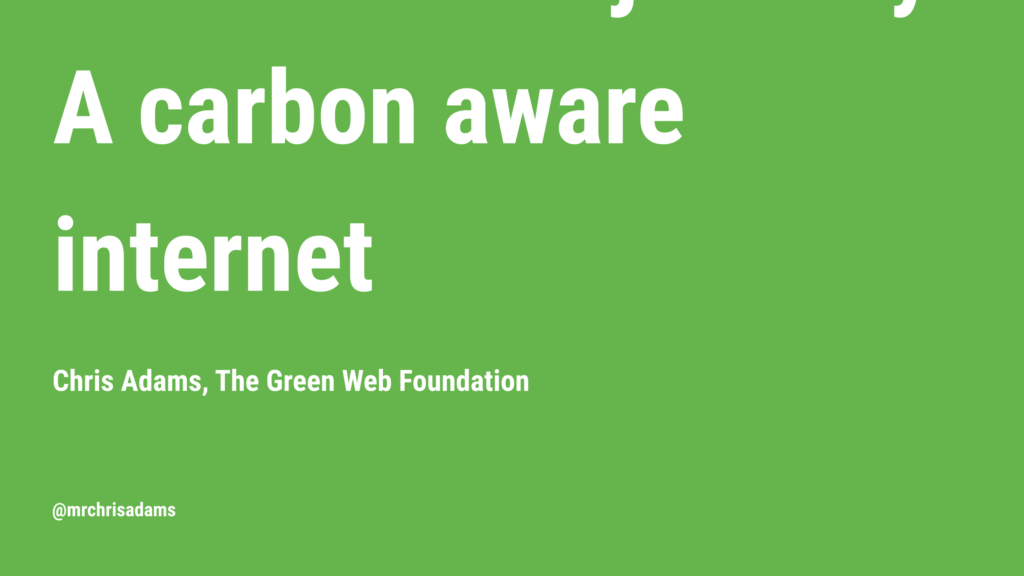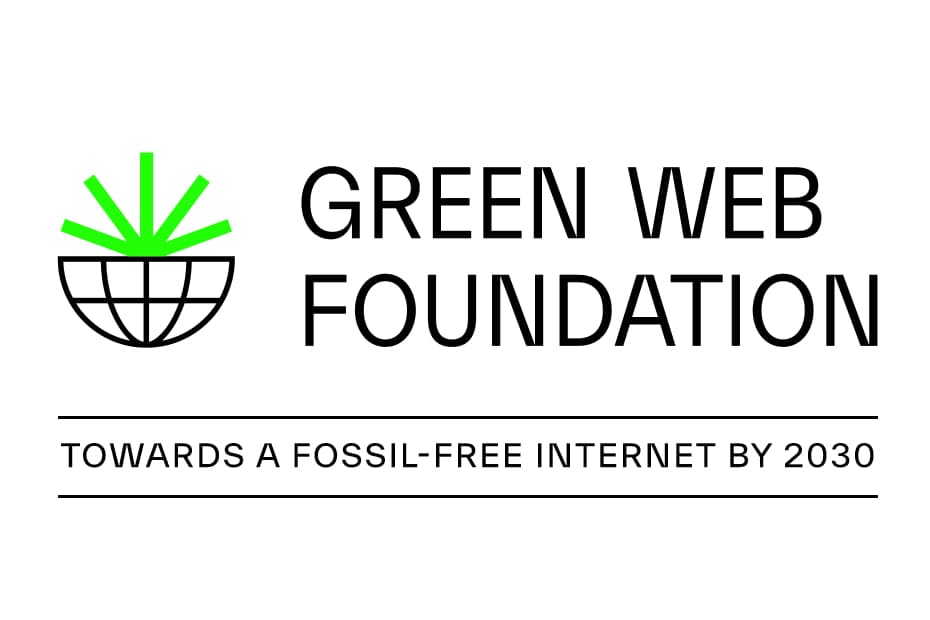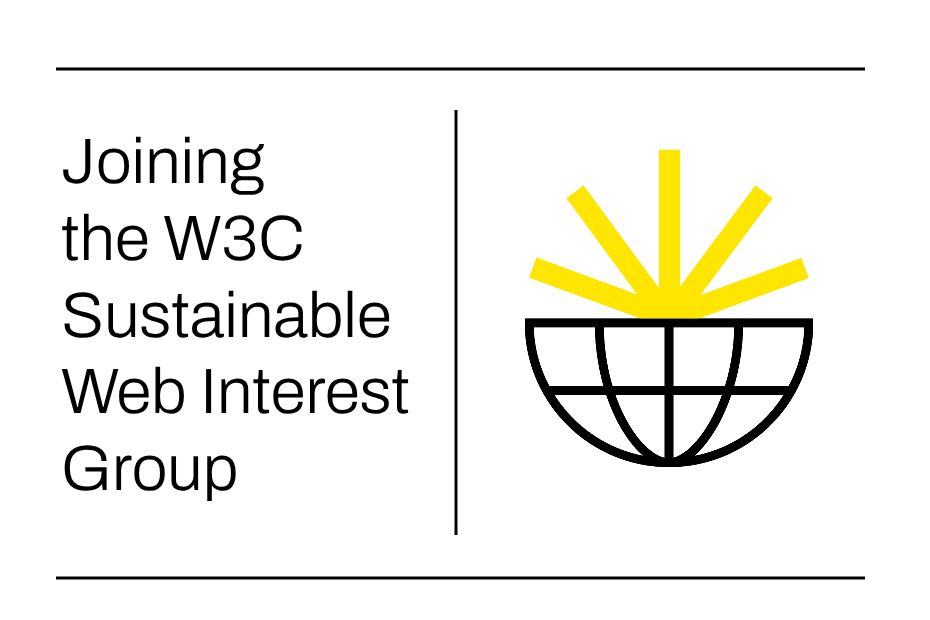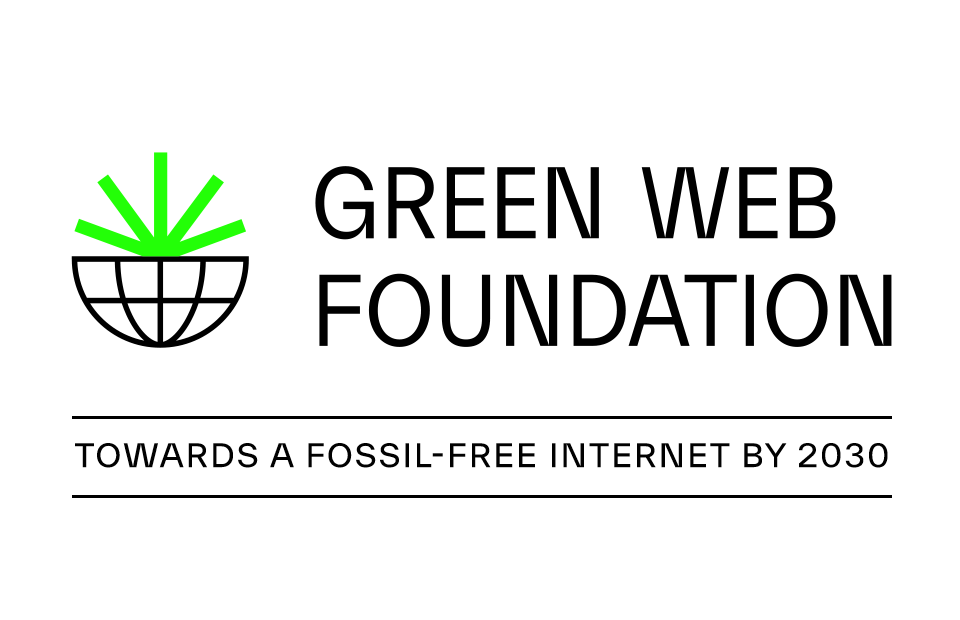This post is a short update on some of the more experimental work we’ve been doing on figuring out how to get a fossil free internet by 2030. Read on to learn more about some of the work we’ve been doing, and to learn about some cutting edge research for folks interested in understanding how to manage and reduce the environmental impact of the network aspects of running digital services.
Last last year, we start working with the RIPE NCC community fund on a project called the Carbon Aware Internet. We maintain a list of which sites are switching to use green energy to power their services, and we offer services to let you check sites yourself. But for a while, we’ve wanted to move to play a more active role in helping people design greener services too. One of the outcomes was us working to annotate parts of the internet with data about how clean the electricity powering it was.
You can see a brief summary of the work in the presentation deck below:

Working with the University of Rome and independent consultants to author papers on a carbon aware internet
One of the nice outcomes of the work we did with RIPE-NCC on a Carbon Aware Internet was a project to create a joint response paper to the Internet Architecture board workshop on Environmental Impact of Internet Applications and Systems in 2022. Our paper, Extending IPv6 to support Carbon Aware Networking, was accepted, and we joined the multi day workshop series in November.
Videos from the Internet Architecture Board’s e-impact workshops
To accompany the multitude of papers and reports shared in response to the original call for proposals, the Internet Architecture Board has also been running virtual workshops, where various authors have been sharing presentations based on the content of their papers.
They are very information dense, but they are a fantastic resource for folks who want to understand the current cutting edge of thinking about measuring, managing and reducing the environment impact of the networking part of the internet.
Session 1 (The Big Picture)
You can find downloadable versions of the presentations in this video on the corresponding IETF webpage for session 1
Session 2 (What Do We Know?)
As above, you can download versions of the presentations in this video from corresponding IETF webpage for session 2.
Session 3 (Improvements)
Yup, same again – the presentations are available to download for session 3 too.
Session 4 (Next Steps)
And finally the presentations for session 4, as well.
If this interests you
If this interests you, and you’d like to work together on a project, we have a few routes for collaboration.
If you’re new to the field, we offer training for organisations wanting to get up to speed quickly, and build some organisational capacity.
If you use open source software and you’re interested in working with us to build an awareness of carbon and sustainability into it, or a service that uses it, then a consulting engagement might be the right path.
Alternatively, if there’s something you’d like to ask us about, then we’d love to hear from you – send us a message via our support form, and one of our team will be in touch shortly.



